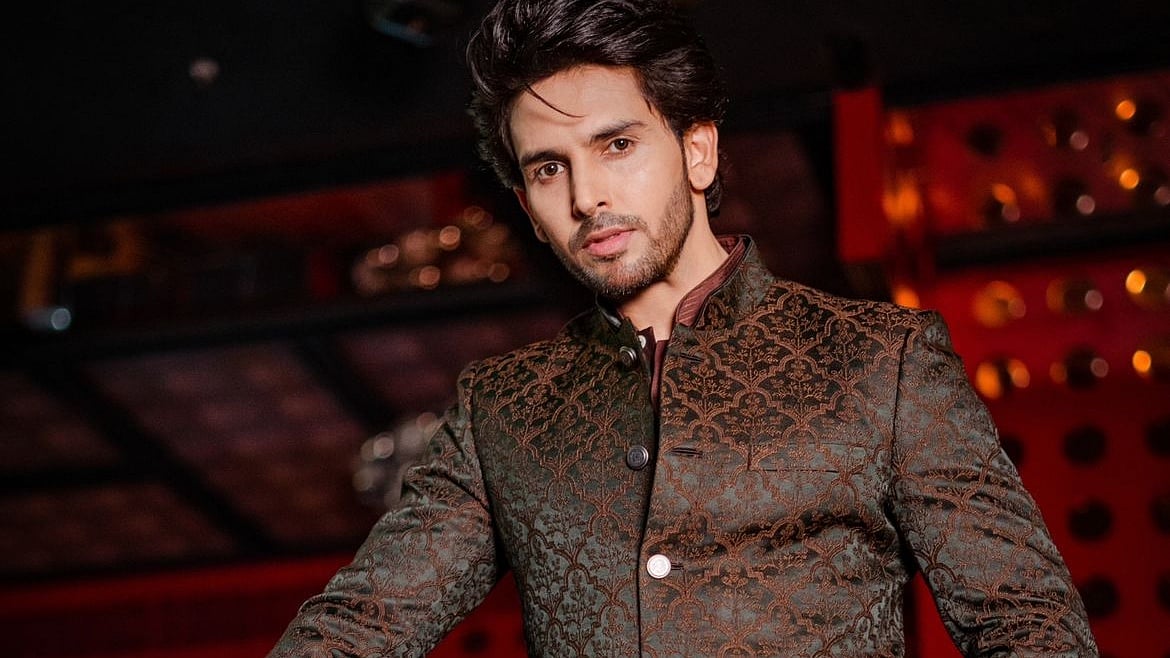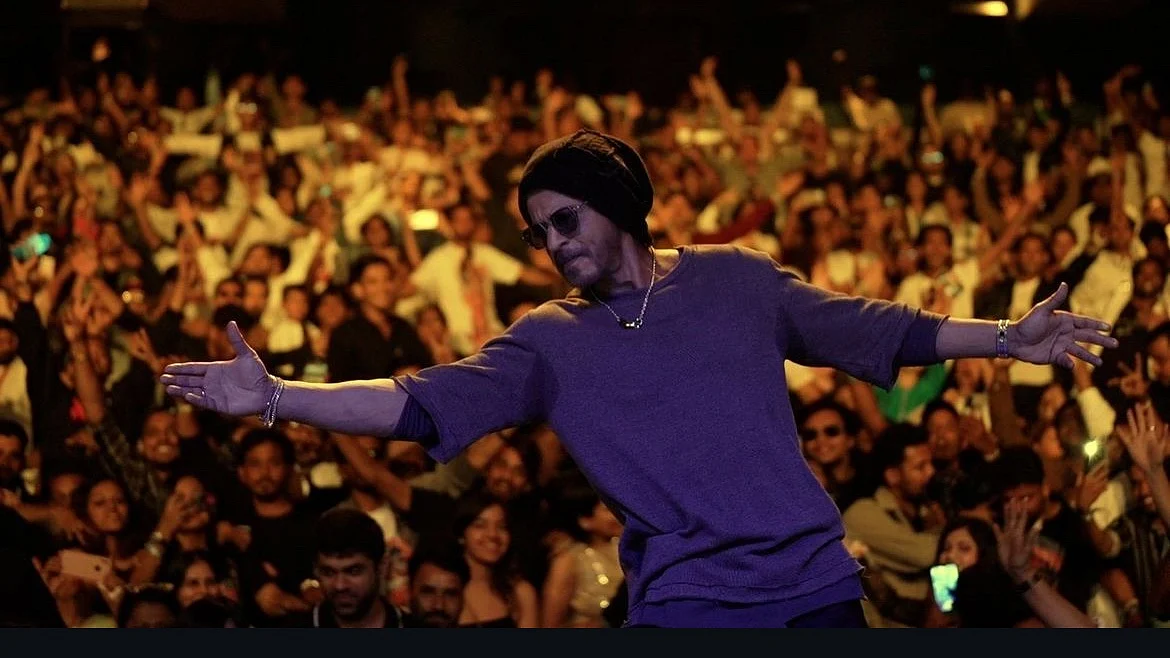Didi is a far cry from the simple, reform-oriented person, who determinedly set out to overthrow communist rule in the state and succeeded
West Bengal Chief Minister Mamata Banerjee has still to grow up. Somehow, she has not moved forward since the days of the late Prime Minister Rajiv Gandhi, when her vocal chords were her claim to fame. Part of his shouting brigade, with now BJP leader S S Ahluwalia, she would sit in the Lok Sabha, waiting for a signal from the top to stand up and stall the proceedings within seconds. And old-timers in politics remember her jumping on the car bonnet of the late Jayprakash Narayan and dancing on it in protest. She was always angry, an image that gave her a niche in the Congress politics of the 1970-1980s, screaming in her high-pitched decibels with little notice and without thought.
In West Bengal, she contested against veteran Somnath Chatterji and defeated him in the parliamentary elections, when he was a major leader of the CPI(M) and the Left Front was at its zenith. She was brash, outspoken, brazen and many MPs hesitated to speak to her, lest they unleashed a volley of words that at least one of them laughingly admitted to reporters, he was “not man enough to answer.” It was this persistence and courage that made Ms Banerjee hound the communists in the state with total determination, and eventually with the help of their own mistakes, as well as the media and big industry, she succeeded in overthrowing the entrenched government and realising her dream of attaining power in West Bengal.
But within weeks, the Mamata Banerjee who had convinced even hard-nosed Bengali intellectuals of her ‘simplicity’ and ‘passion for reforms,’ turned into an authoritarian and unreasonable entity, quite unrecognisable from the ‘didi’ in her days of the opposition. Power has gone to her head, and this, along with Ms Banerjee’s limited vision, to put it charitably, has become a recipe for disaster. Her first reactions reflect her true views, such as dismissing the claims of a rape victim as lies, or describing the death of the young SFI student in police custody as “petty.” Criticism stings Ms Banerjee as nothing else, and brings out a side that can be compared to street fighters who double up and punch shadows just because these move.
SFI activist Sudipta Ghosh’s death has invoked outrage, across the nation. The social media is overflowing with anger, as are the streets of Kolkata. Instead of stepping in immediately to pacify sentiment, Chief Minister Banerjee took the anger as a direct affront, with her responses dismissive and critical. Cutting across political affiliations, academics and scholars have issued statements condemning the police attack on the peaceful demonstration of students, and demanded an impartial enquiry. A mature chief minister would have sensed the anger, and responded to it by expressing deep sorrow, taking stern action against the policemen and officers involved, embracing the grieving family, and speaking to the students directly. The immature chief minister instead lashed out everyone, refused to make amends, and attacked those critical of the police action and what she insisted was a “petty” issue.
Subsequently, SFI activists attacked Ms Banerjee and her finance minister in Delhi, when they were visiting the Planning Commission. This was clearly provoked by her, as the SFI students, as part of an overall decision to protest at venues visited by her outside West Bengal as well, had gathered at the gate well in advance. The police made it clear subsequently that it had informed the chief minister about the crowd, and urged her to enter the Planning Commission from another gate. She refused and should explain why she virtually brought on the confrontation. She and her minister tried to enter the building from the same gate, with the result that they were mobbed and roughed up by the agitating students. Significantly, the gesticulating and furious Ms Banerjee and her ministers attended the meeting, but later let it be known that she had to be given oxygen and Mr Amit Mitra was “admitted,” albeit briefly, to a hospital.
It’s her responses and her anger that are now the news. As the chief minister of a state, her first priority should be to calm down the situation, to bring peace, in other words to rise above the situation as it were. Instead, she threatened to bring in “20 lakhs,” as against the “20” of the CPI(M) to Delhi, she has directed her cadres to vandalise communist party offices, and has made it clear that in her view, “they” should be taught a lesson. The Left leaders, to give them their due, have tried to pacify the students and issued statements against the attack on the TMC leaders in Delhi, but clearly, the West Bengal Chief Minister is not biting the peace bullet.
There is one essential difference between the CPI(M) and the TMC in terms of the rank and file. The first has cadres who can be reined in by the leadership at any point in time. The TMC, regardless of its claim, does not have accounted for cadres, with the result that even politically instigated violence can, at any moment, go out of hand. It is thus, imperative for a chief minister of a state who is in a position to treat all citizens equally regardless of gender, caste, religion or political affiliations, to step in aggressively to ensure peace and calm. And not to encourage lumpen elements and goons to settle political scores by taking the law into their own hands. TMC goons trashed the Presidency College and threatened girl students with rape. They were armed with iron rods and beat up three students and three teachers, according to initial reports. The condition of at least two students is serious, as they received head injuries. Reports also suggest that girl students were chased by TMC student wing goons, who threatened them with rape and assault.
The West Bengal police force seems to be terrorised. They have become mute spectators to TMC-instigated violence, and watched while the college was being ransacked and people beaten. Fresh violence has been reported from different parts of the state, with West Bengal burning because the chief minister of the state does not want calm to prevail. Even the media that is traditionally against the communists, is being forced to report that the TMC has been at the forefront of this bout of violence, regrettable and totally condemnable.
The chief minister of a state acts when opposition leaders or others indulge in frenzied violence by initiating dialogue, arresting the troublemakers, and ensuring action. What happens when a chief minister elected to govern and maintain law and order endorses and advocates violence? Who takes action, who ensures that the paralysed and fearful police force acts against the lumpen and who ensures full protection of the citizen? The President of India?










